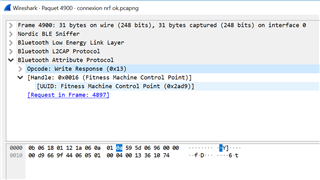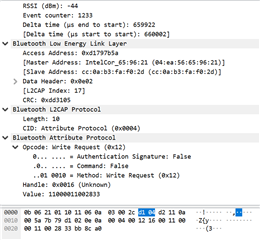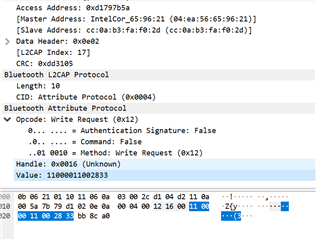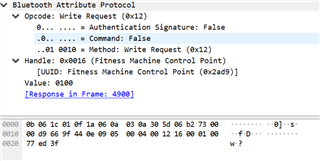Target : NRF52832 as Server
Description of the problem (seen in wireshark)
Client : write request (0x12)
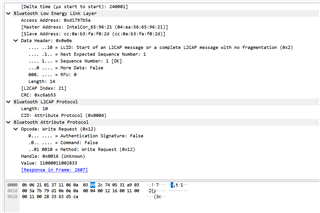
Server: Rcvd Error Response - Invalide Attribute value length ,
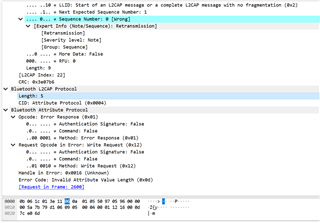
I don't understand the problem because i think the answer is provided by the nrf framework.
I didn't write any code to answer to the write.
i only indicate the datas of the characteristics written by the client
with an indication
according to me the answer is in the specification (0xD)
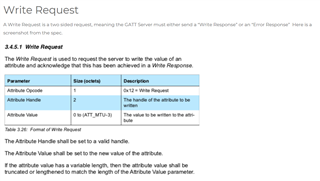

how can i answer the code 0xD?
Is it provided by the framework?
thank you




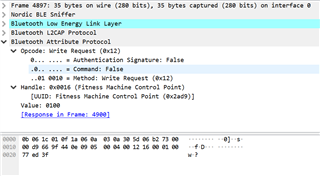 .
.